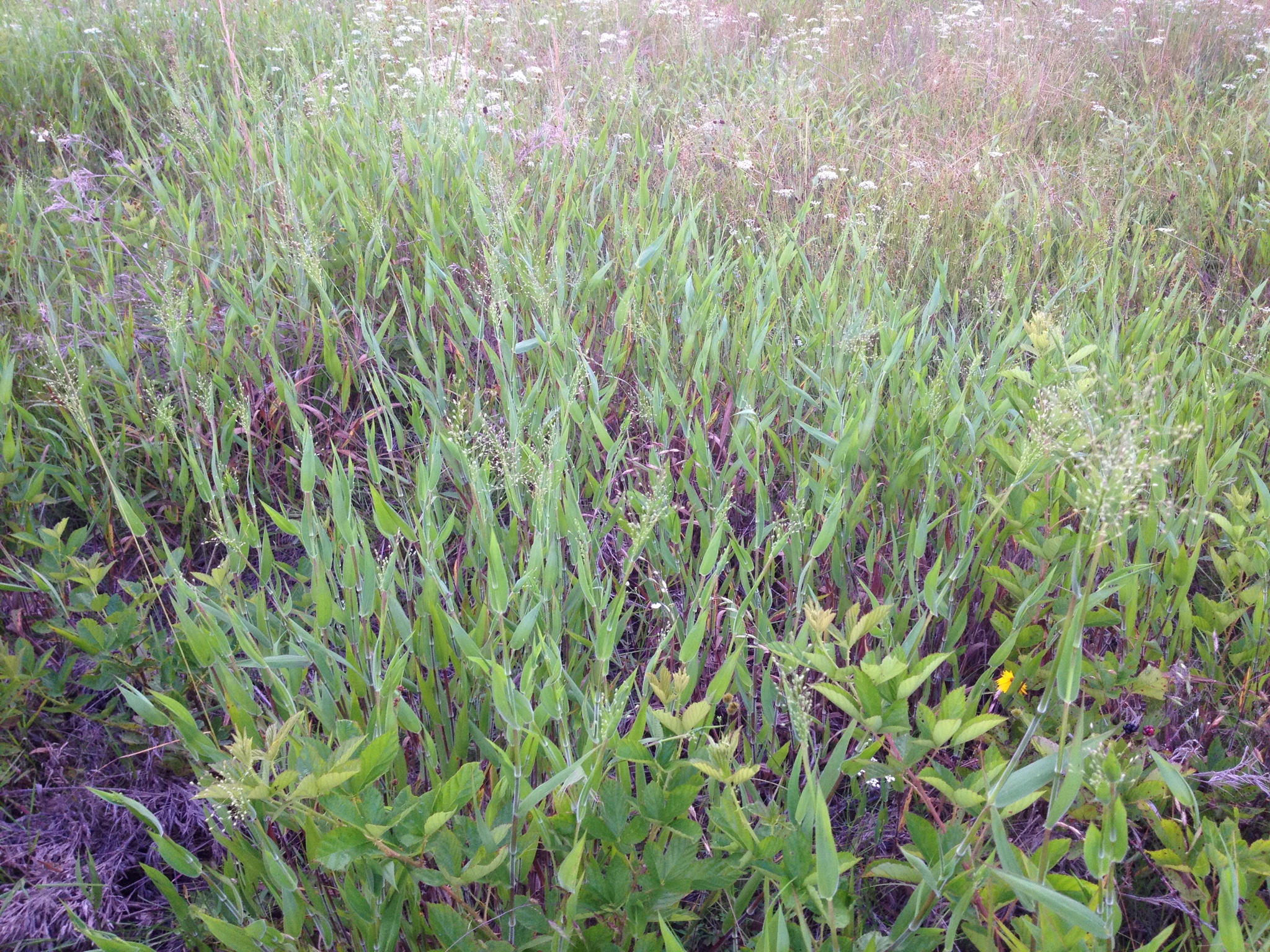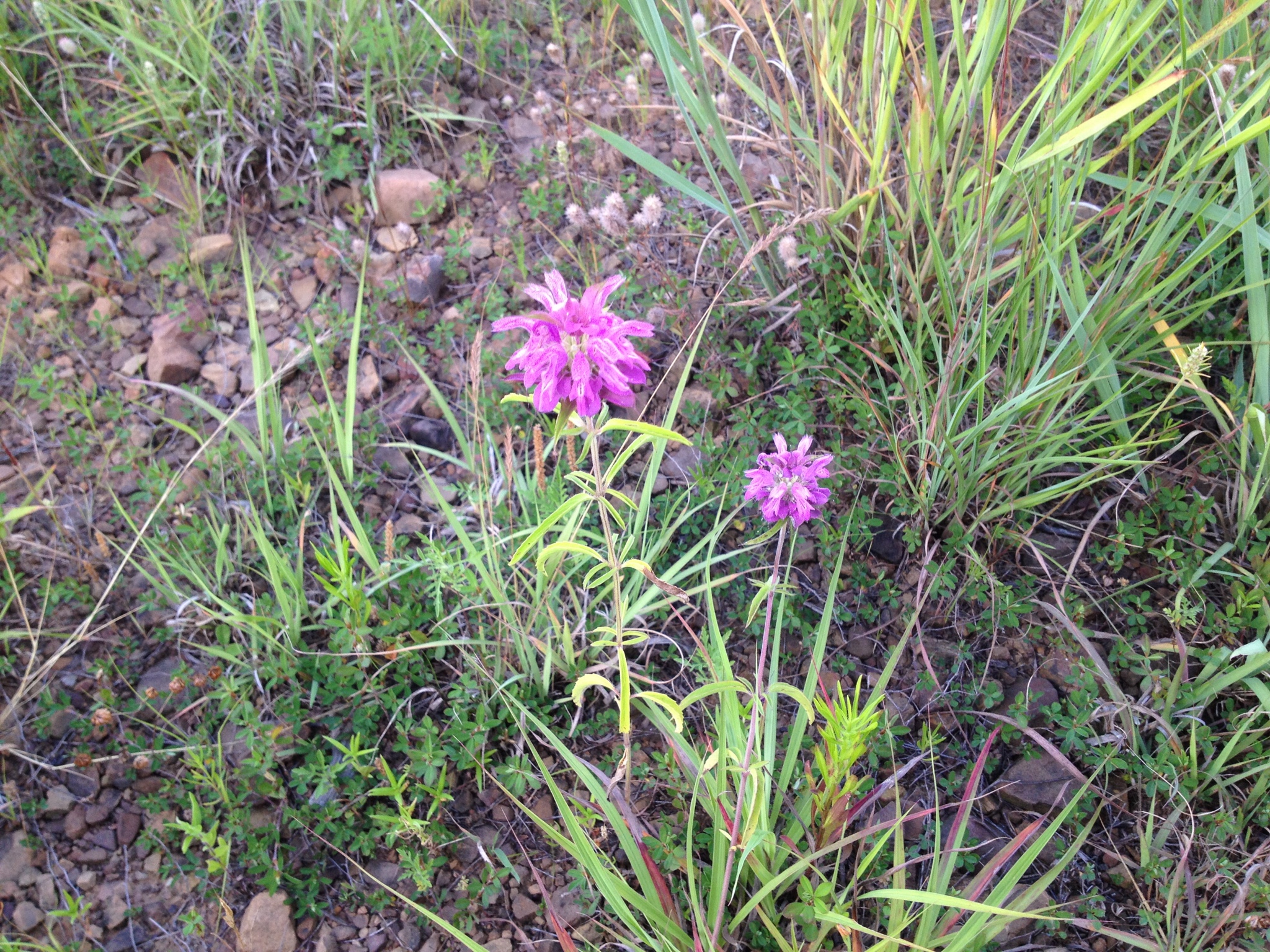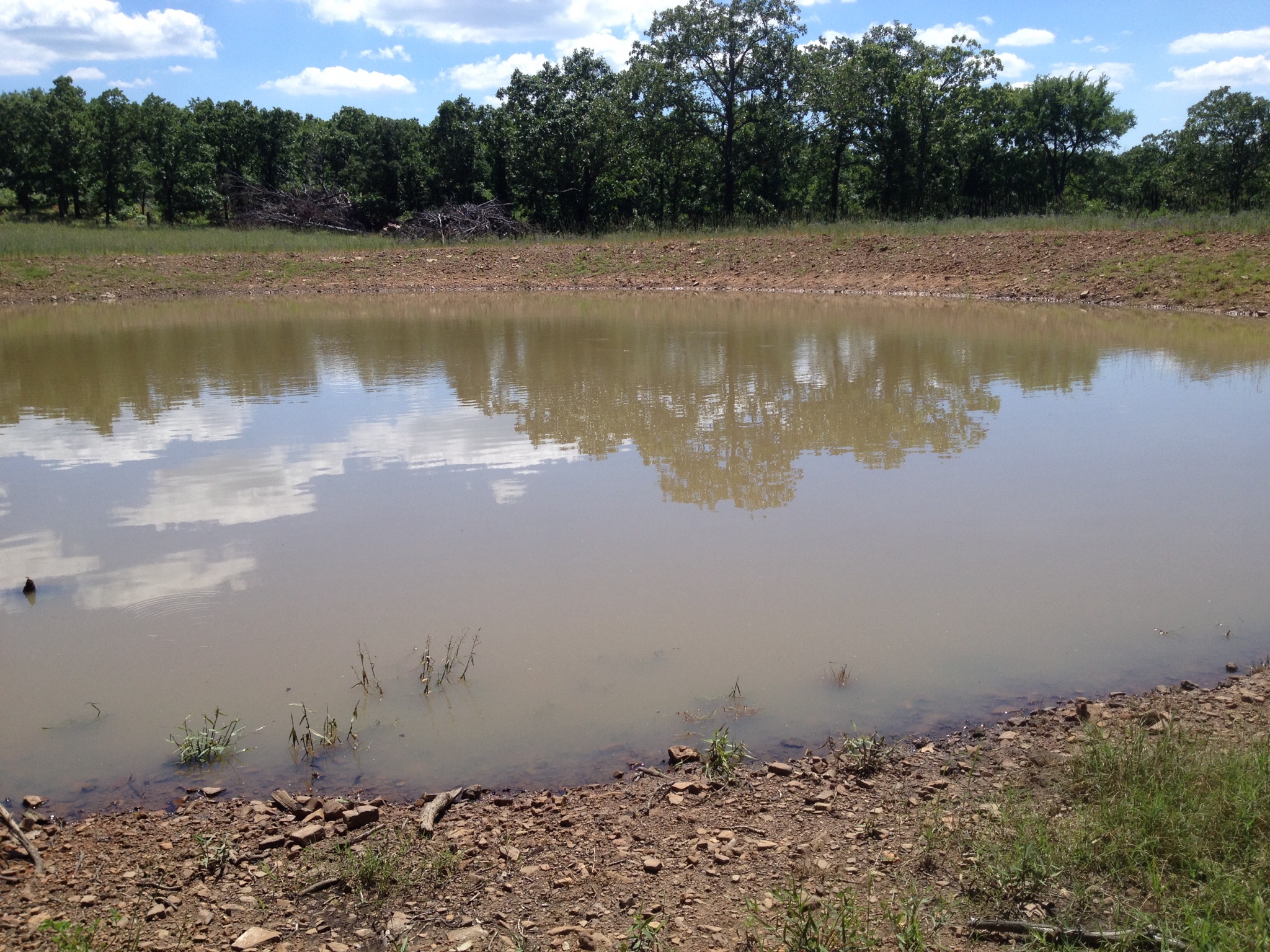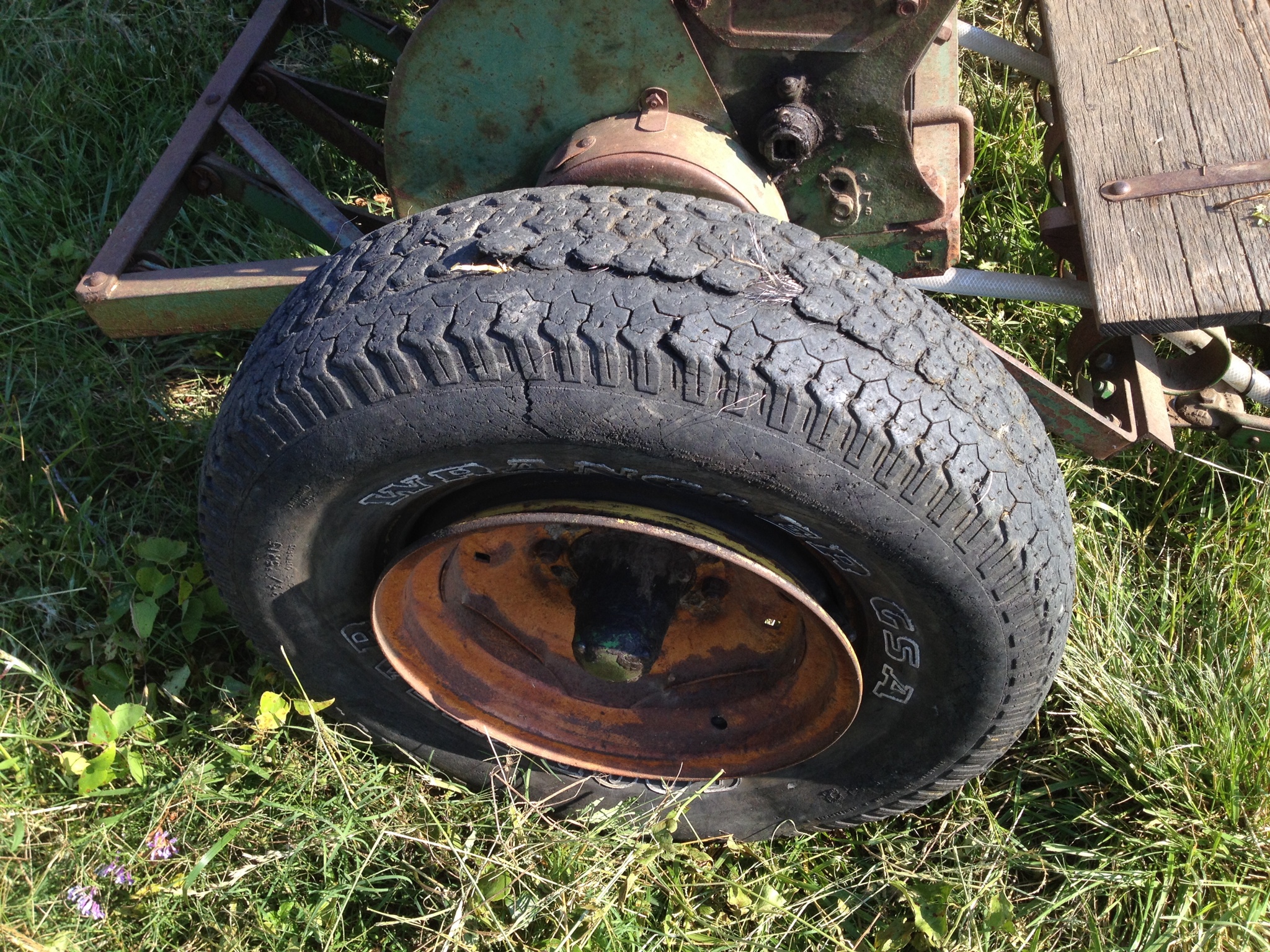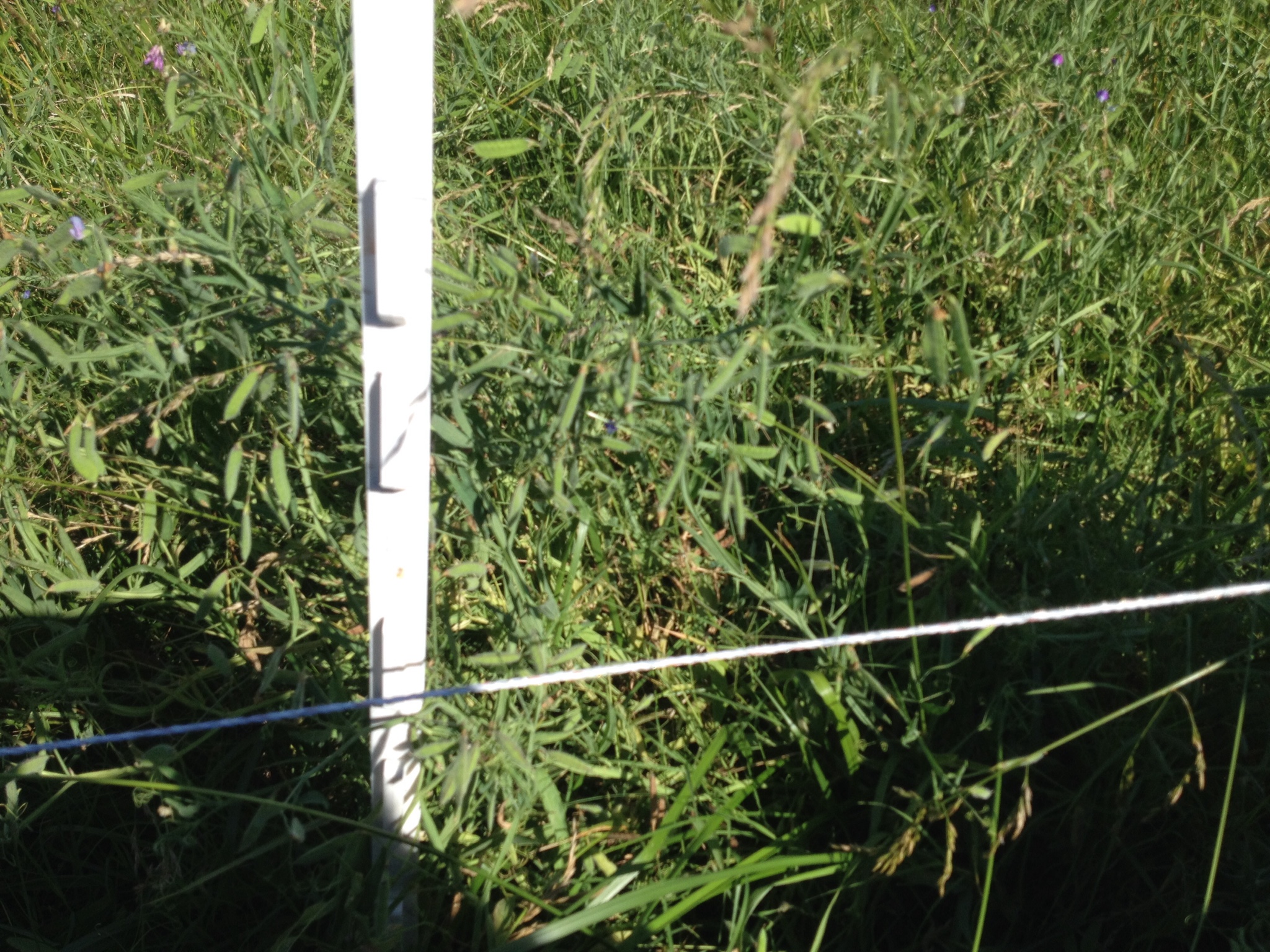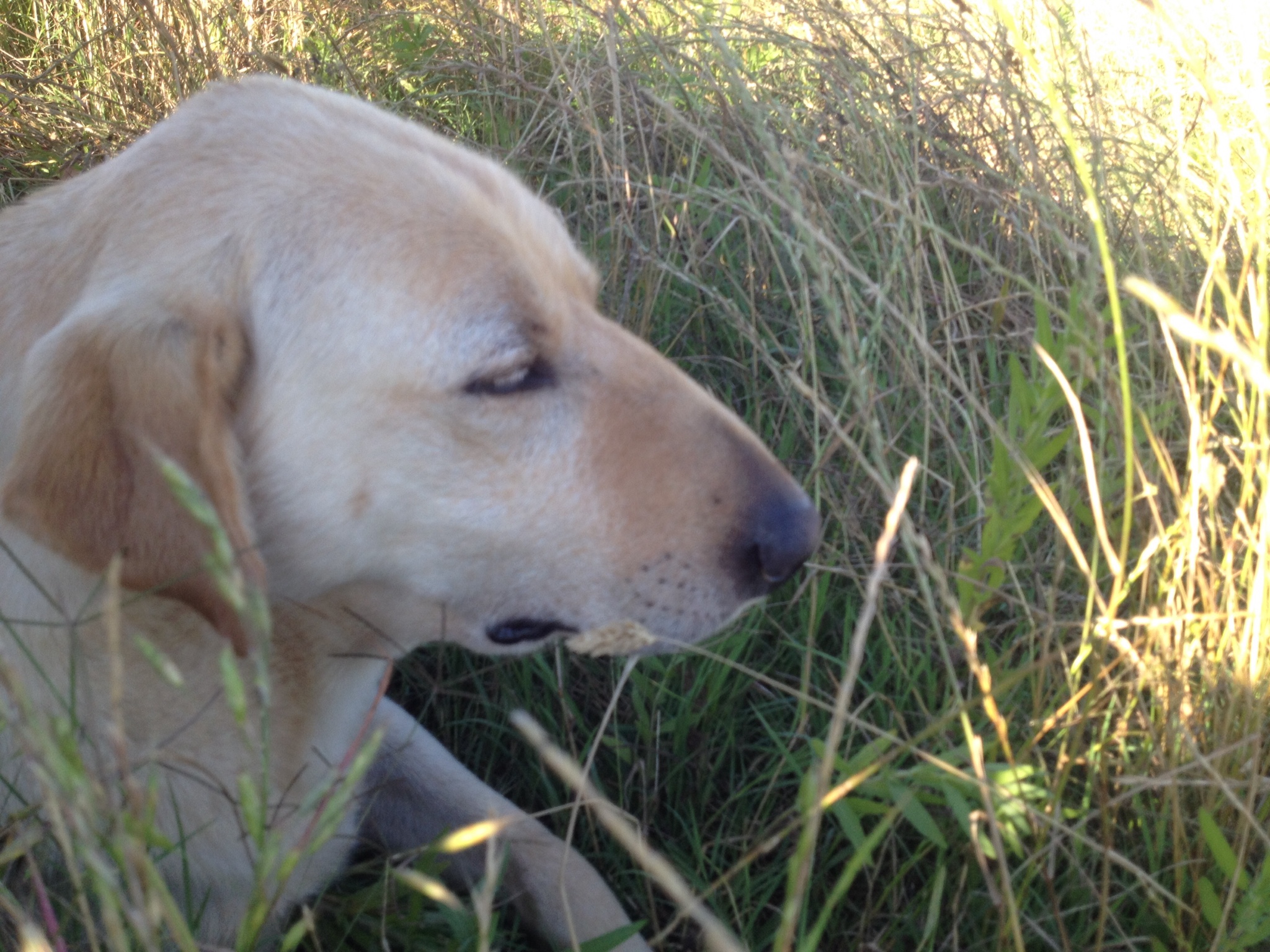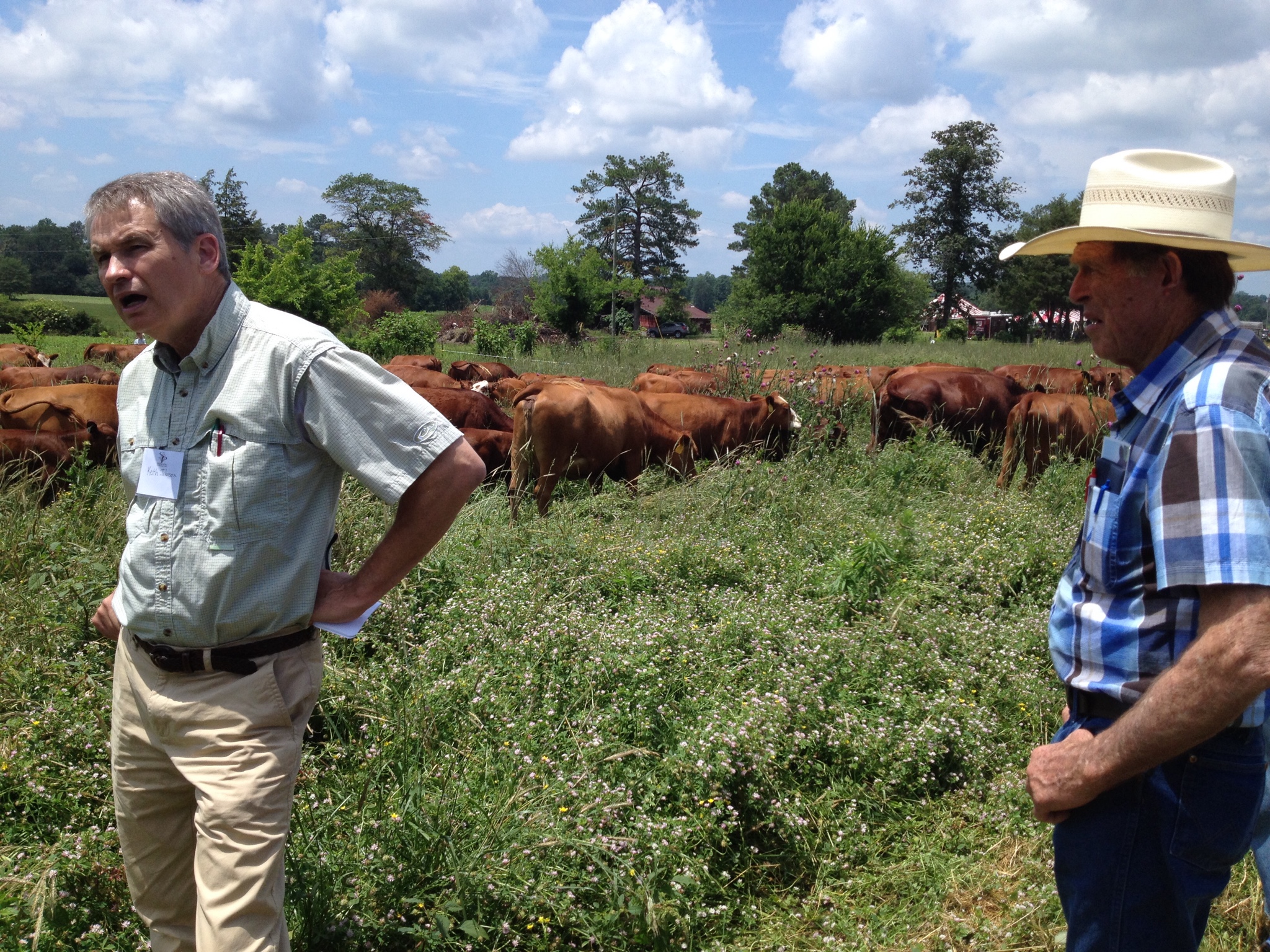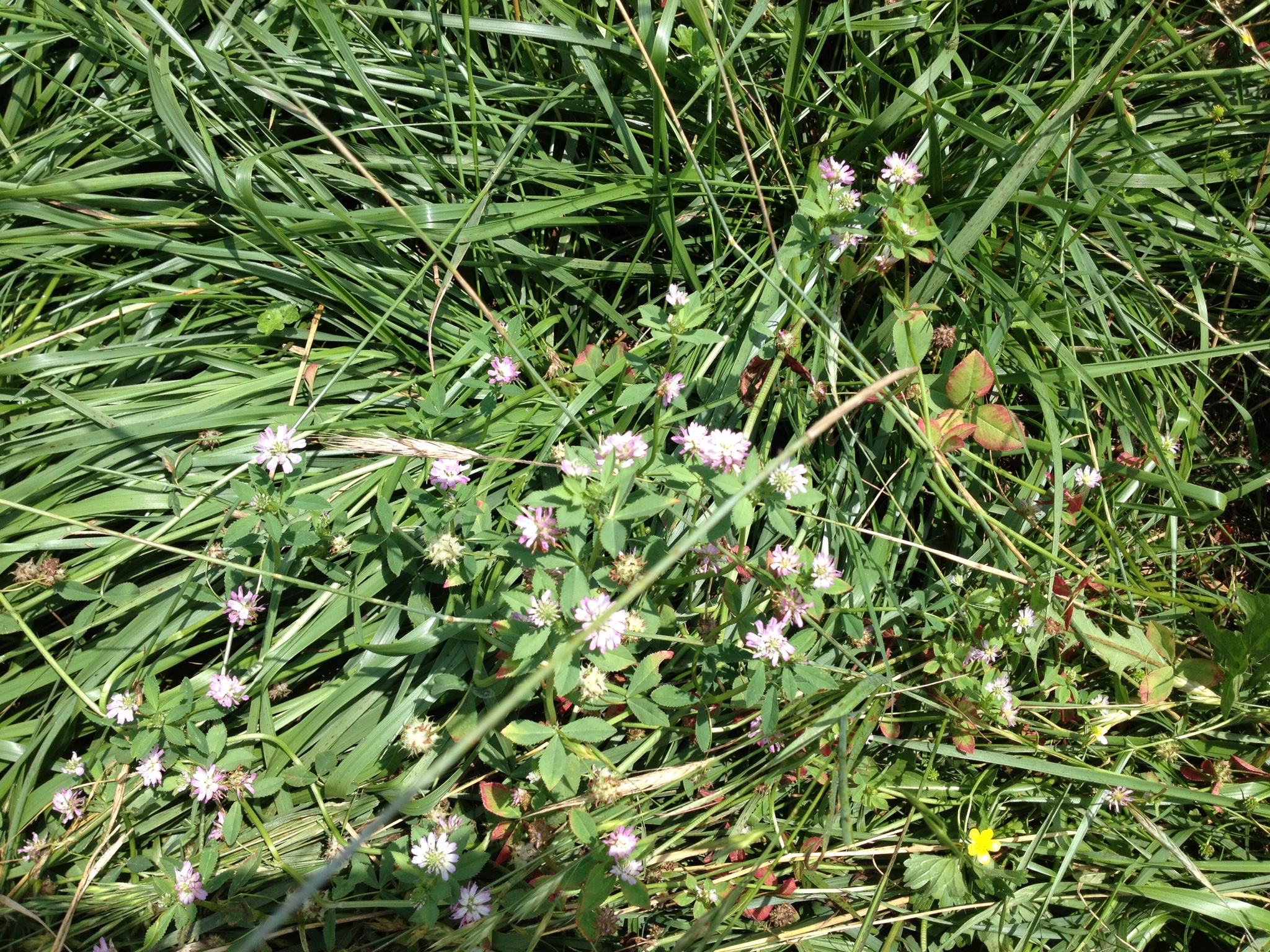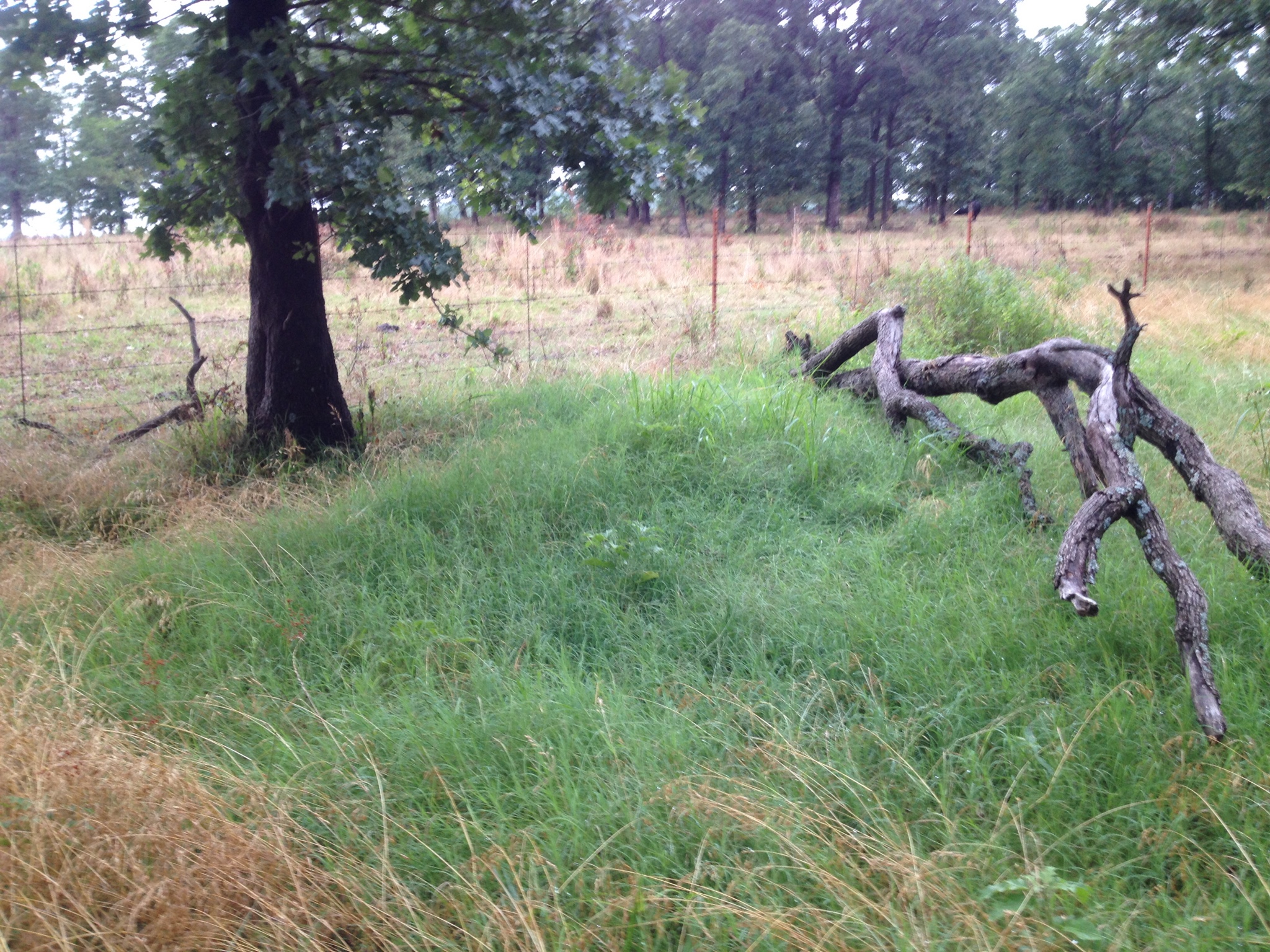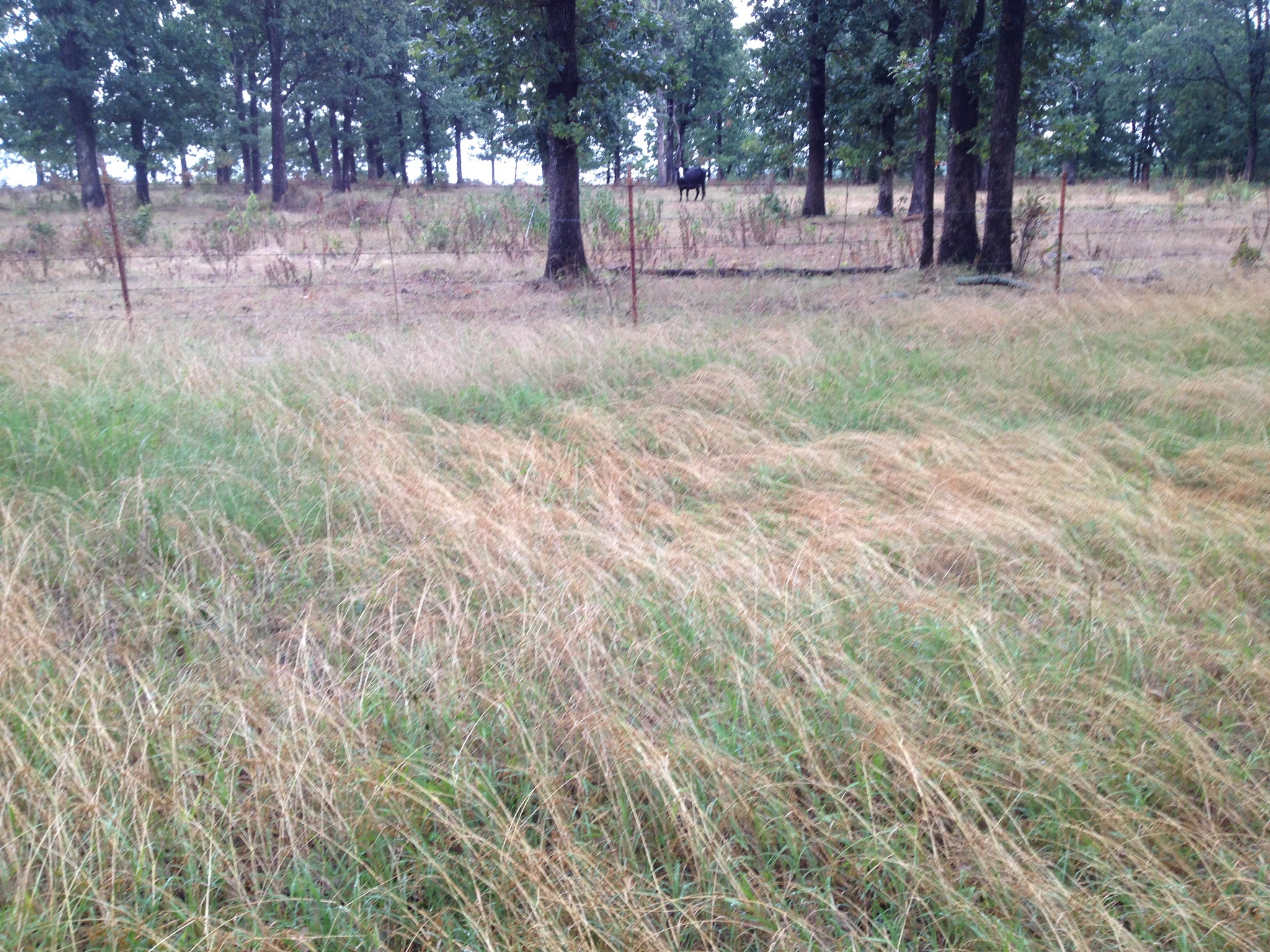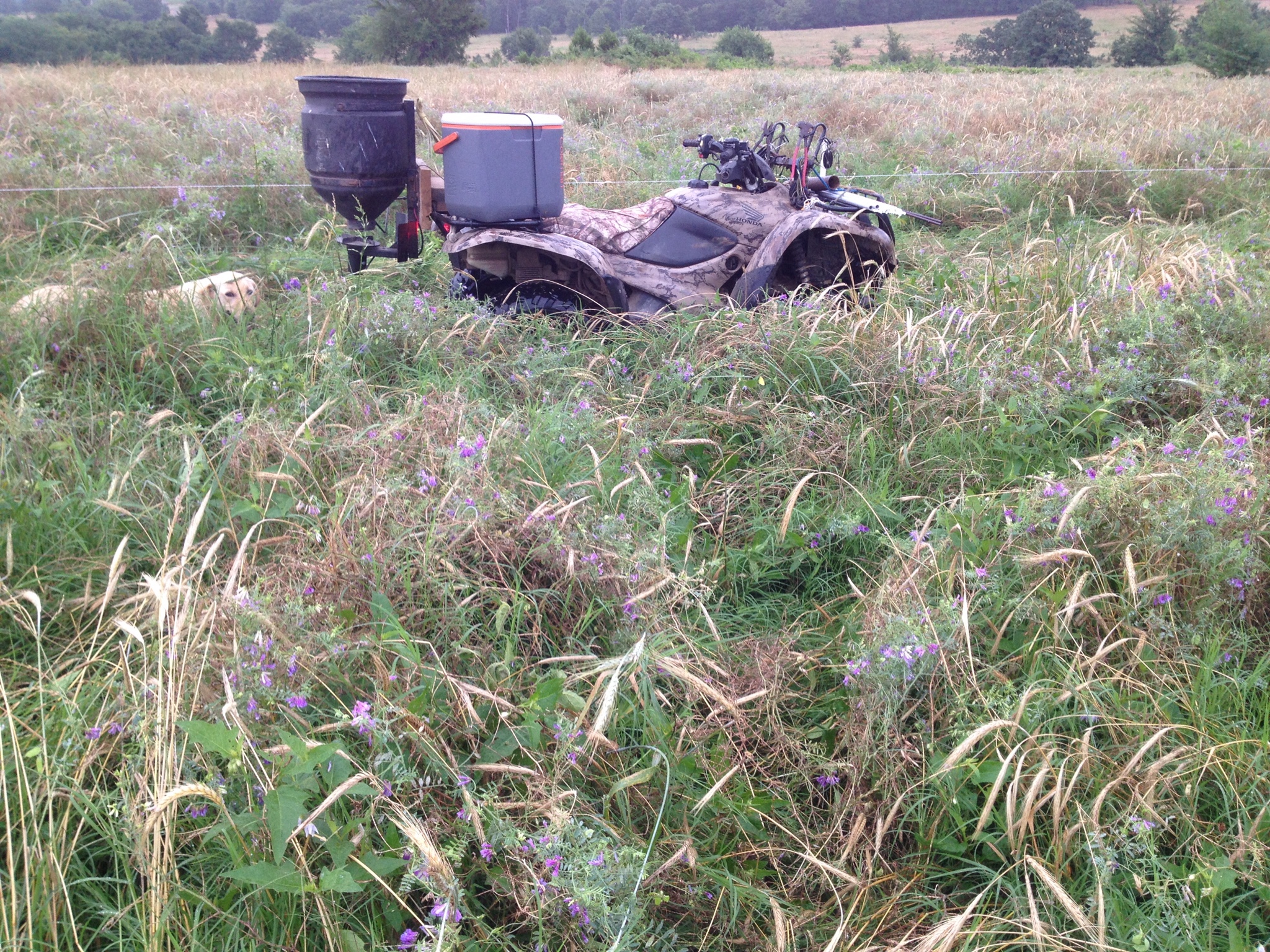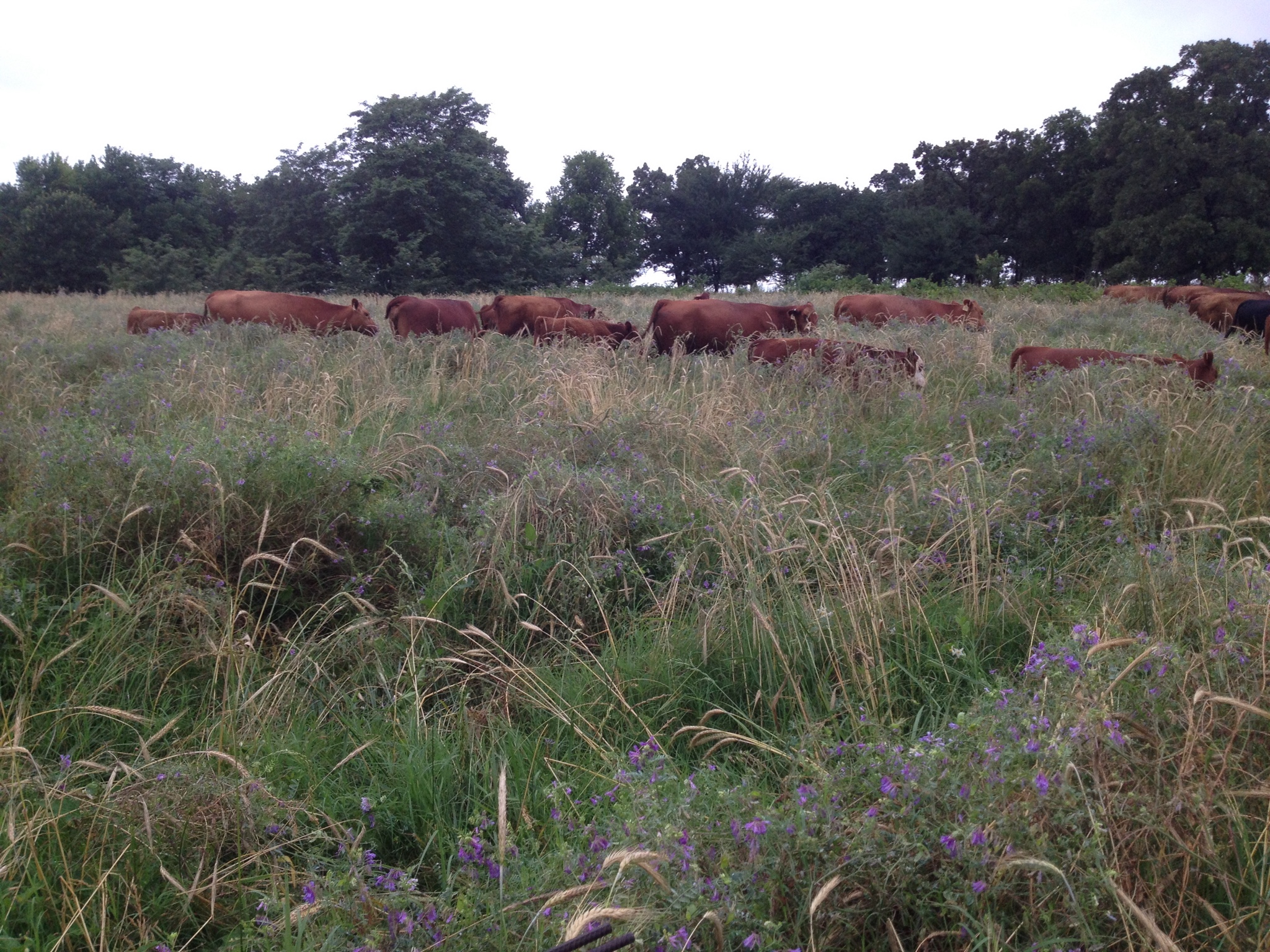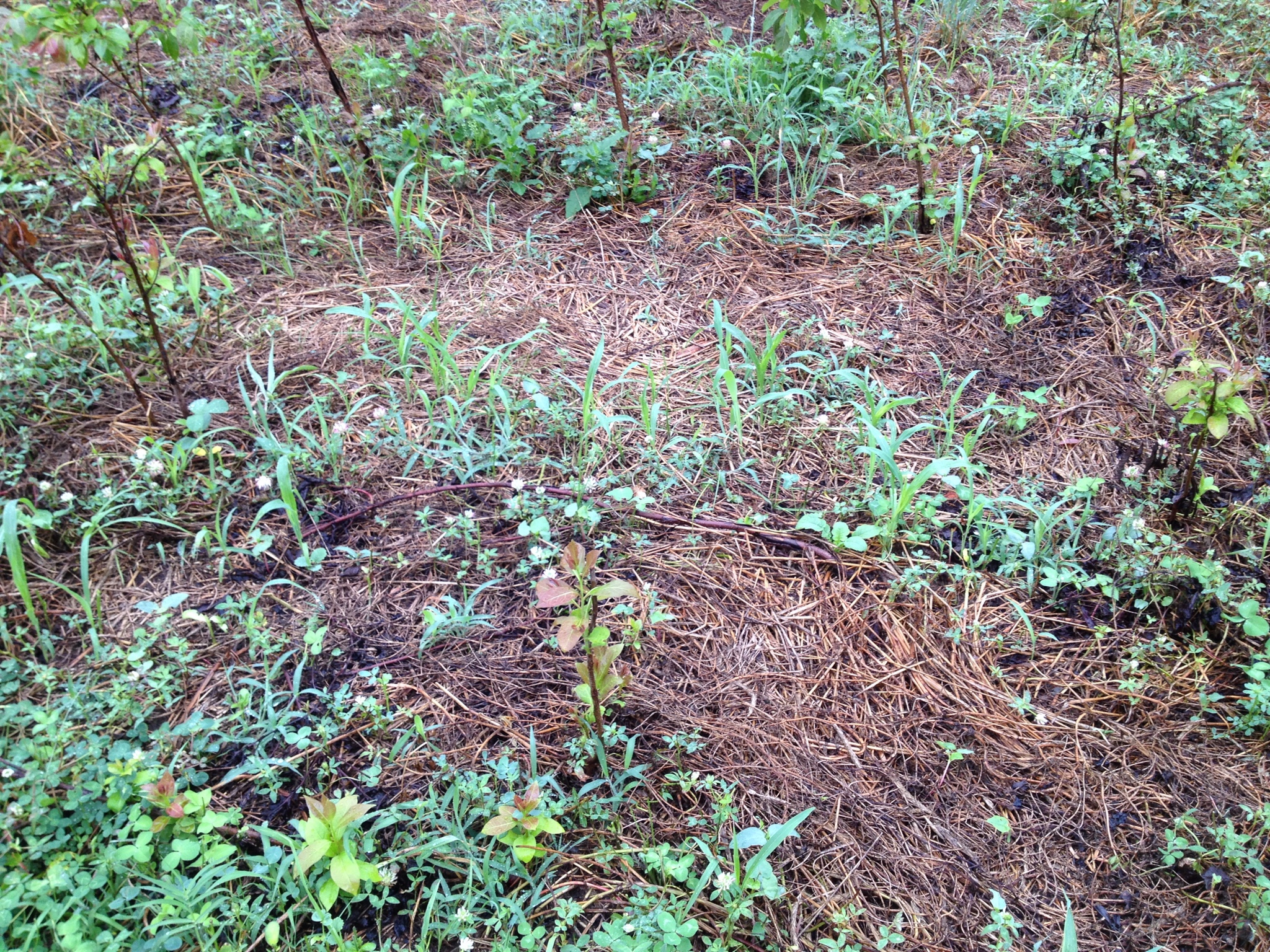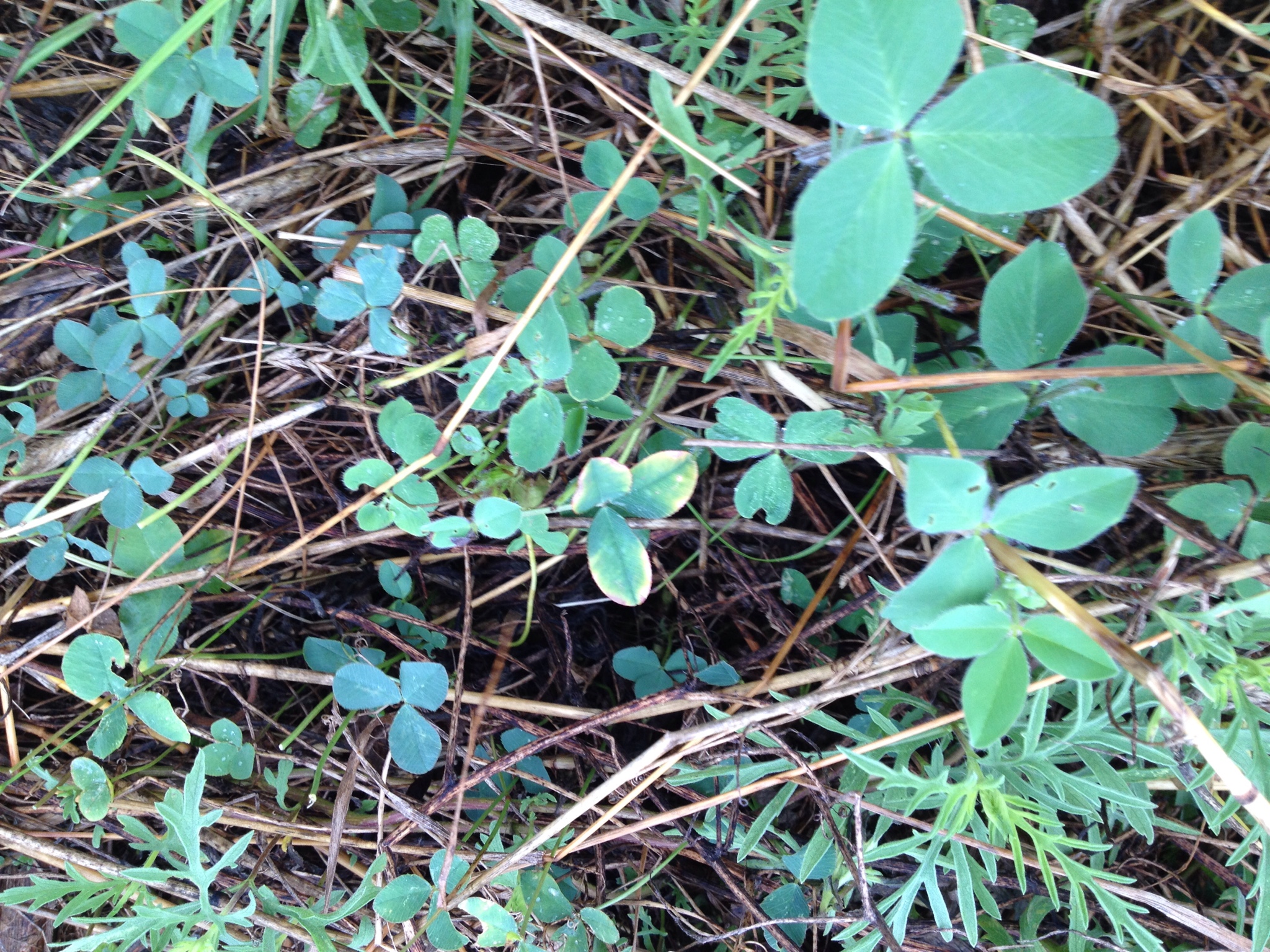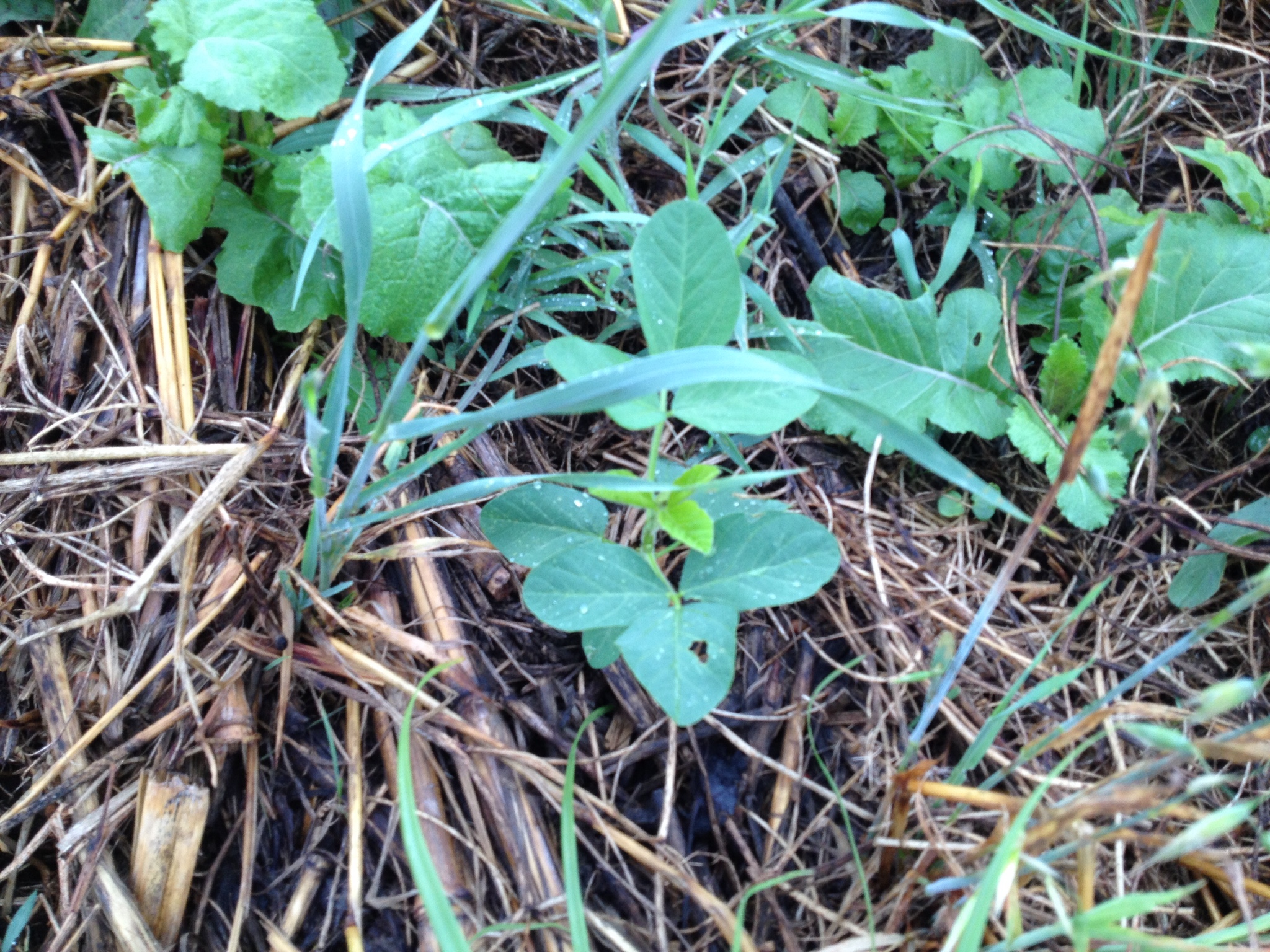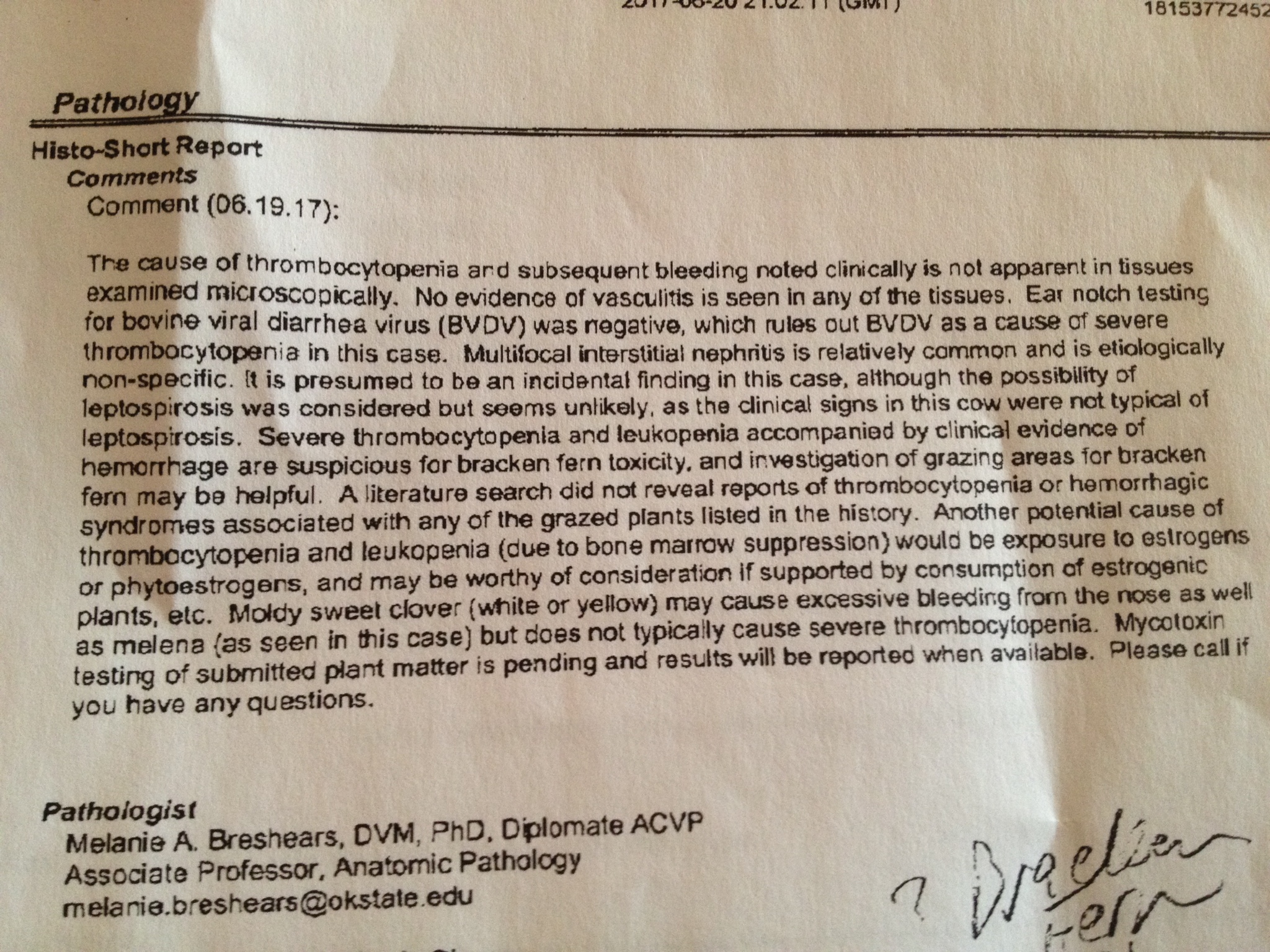If it is a mass herd effect, then water and feed should be suspect. Newly received cattle can be very sensitive to water quality while their immune system is compromised. That is why I offer native prairie hay, supplement and tap water in a trough the first few days upon arrival, then turn out to grass. Trough water should be made available at weaning too....bawling calves will stress, get hot, then may go wade in the pond leading to foot or diarrhea issues, perhaps coccidiosis outbreak. The key is minimizing weaning stress....fence line weaning helps there.
Let me address surface/well water quality first, because you can tie up a lot of cash sending water samples to a lab....or a hell of a lot more cash putting in a water system only to find out your surface water quality is sufficient as-is. Handheld water conductivity meters are used to measure water salinity, alkalinity and total dissolved solids...start there! Find one to borrow and use if water quality is suspect in health diagnosis issues. I borrowed a Myron unit (reads max of 5 mmhos/cm conductivity) from a friend to check our surface water sources. This doesn't exclude an oddball shallow seasonal water pool cattle may use....test major sources first. It is real easy (fill meter chamber with water 3 times, dump the first two as a wash, read the third....rinse chamber with distilled water when done. I checked 12 water sources spread over a 3/4 section in 30 min.
The chart in this link from Spectrum Analytical sums up water quality and livestock health very well. Basically, conductivity values under 1.6 mmhos/cm are very safe for livestock. Values of 1.6 to 4.7 mmhos/cm conductivity or higher may affect animal health.
http://www.spectrumanalytic.com/sup..._Water_Analysis_for_Livestock_Suitability.htm
The majority of my water sources read under 1.4, a few were 1.4-1.8, one was 2.1 and a freshly stomped out ditch pool prior to move was 3.2. None of those readings are highly suspect for health issues. There was no difference due to pond vegetation status, muddy or clear, presence of algae, or age of pond. There was a difference in hoof action vs undisturbed. Thus, soil type, degree of fresh silting and size of pond are primary factors related to conductivity. With temps hitting the mid-90s, it is time to measure again.
The data indicates than if you simply pipe water from a pond rather than let cattle wade and drink, then salinity/alkalinity/dissolved solids will remain low.....however, this doesn't keep cattle from drinking pugged up seasonal water which can be economically impractical to eliminate. Gravel over geotextile fabric at a limited access point will also keep sediment from being stirred by hooves...thus lowering conductivity.
If water is still suspect, then send a sample to the lab for analysis....nitrate, sulfate etc and coliform counts.
+


